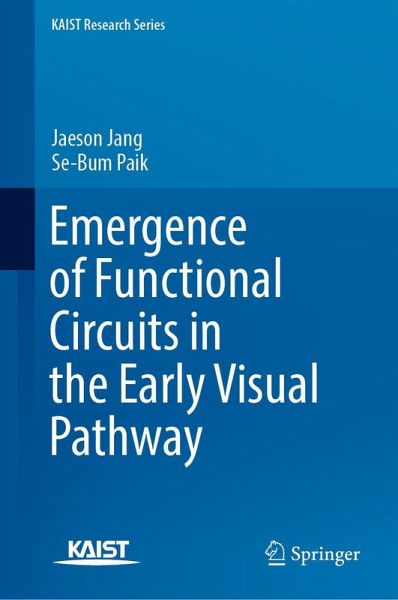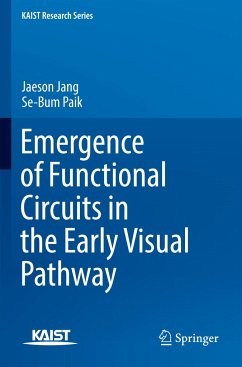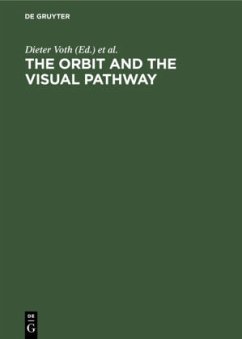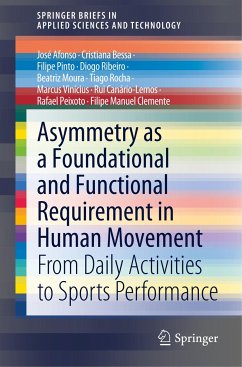
Emergence of Functional Circuits in the Early Visual Pathway
Versandkostenfrei!
Versandfertig in 6-10 Tagen
106,99 €
inkl. MwSt.
Weitere Ausgaben:

PAYBACK Punkte
53 °P sammeln!
This book discusses the emergence of diverse functional organizations in the visual pathway which could be spontaneously and solely initiated by the random feedforward wiring of neural circuits. It demonstrates that the structure of ON and OFF retinal ganglion cell (RGC) mosaics is projected onto V1 by retino-cortical feedforward mapping to induce higher cognitive functions. This book will be beneficial for both theoretical and experimental neuroscientists, as well as for researchers using brain-inspired neural network models.












